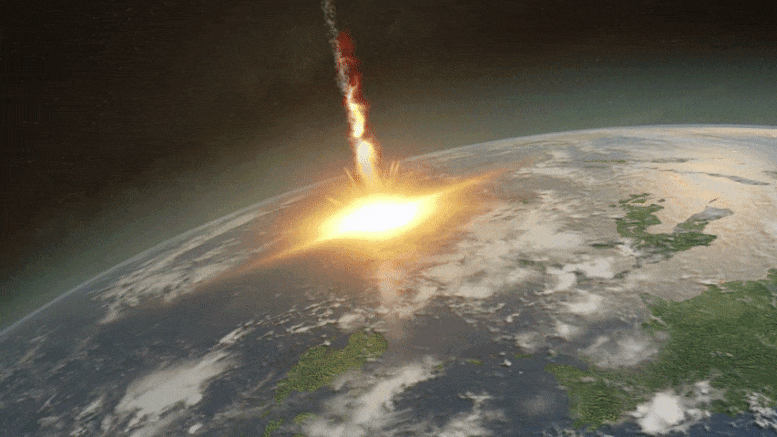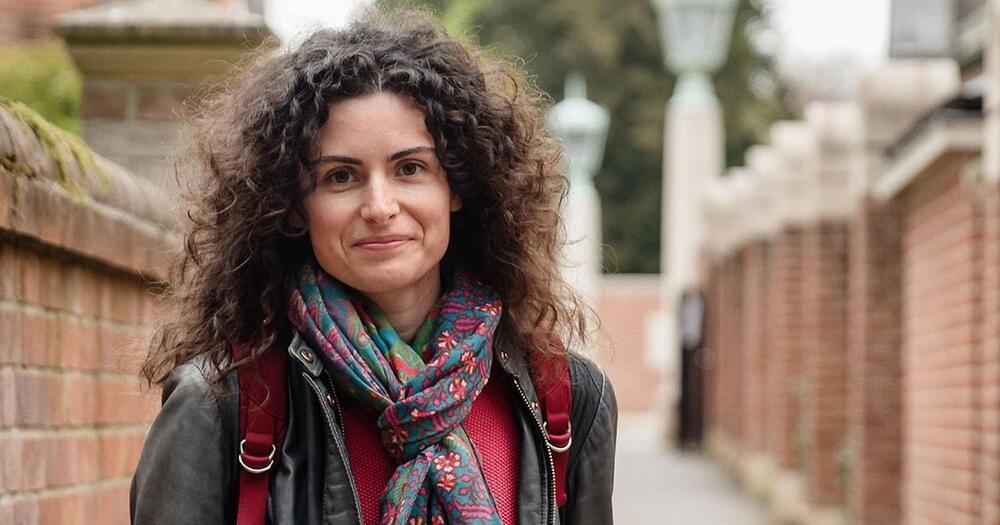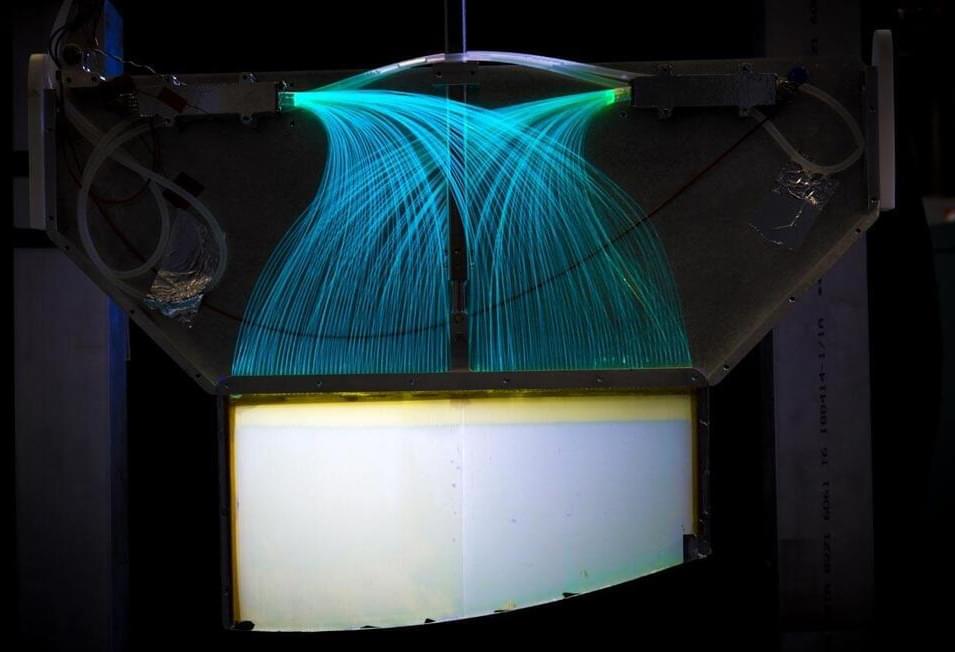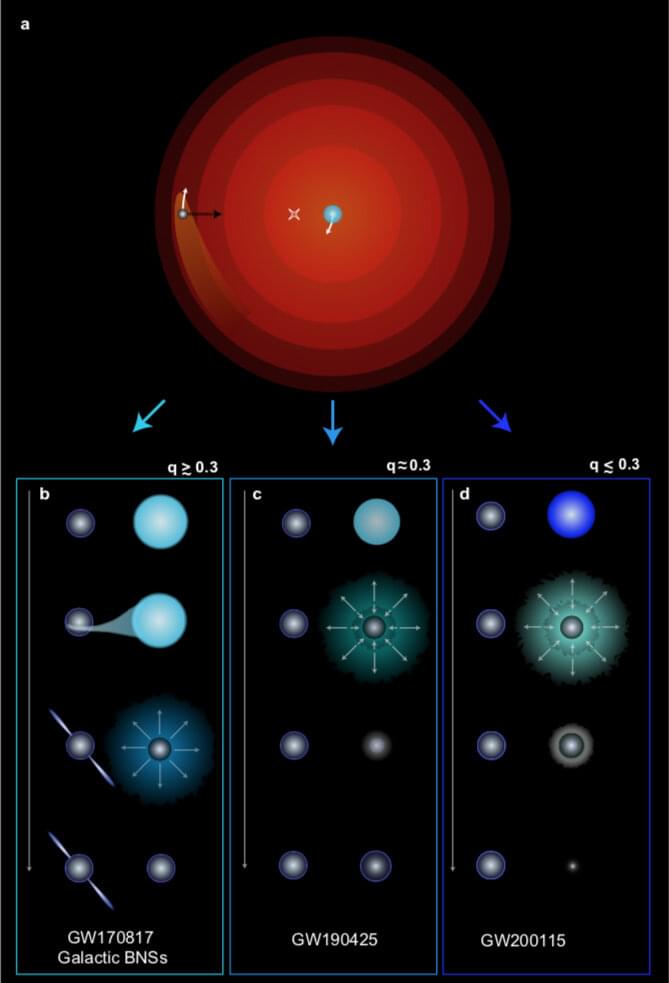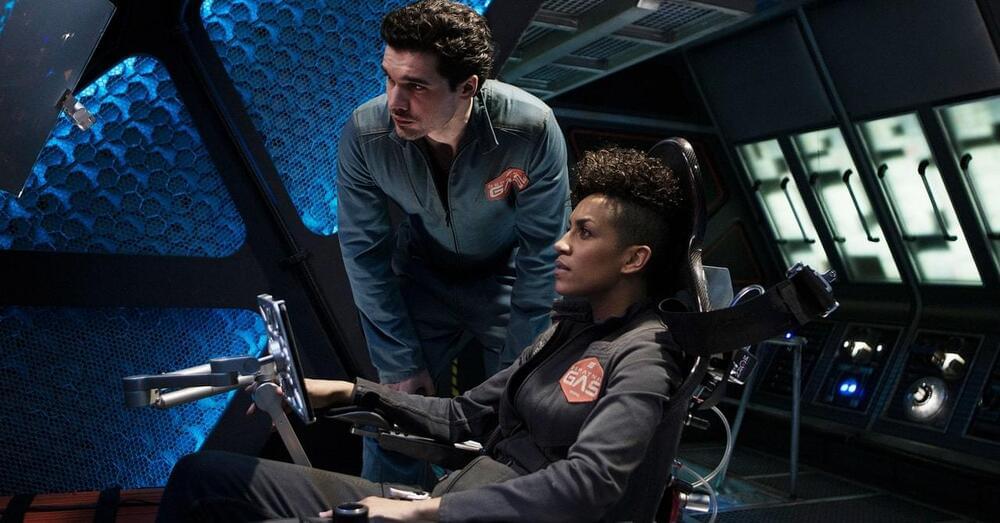Is there anything out there?
The concept of primordial black holes has waxed and waned in scientific circles over the decades. At first, it was a fascinating possibility. After all, the first few seconds of the big bang were pretty heady times, and there may have been large enough differences in density to generate black holes of all sorts of sizes, from microscopic to gigantic. But repeated observations have continually been unable to come up with any conclusive evidence for their existence.
And then there’s dark matter, the mysterious substance that makes up the vast bulk of matter in the cosmos. Scientists aren’t exactly sure what lies behind dark matter, and primordial black holes are a tantalizing possibility.
But if the universe is flooded with innumerable small black holes, eventually some of those black holes will find each other and merge. And our gravitational wave observatories should be sensitive enough to detect the resulting ripples in spacetime.

